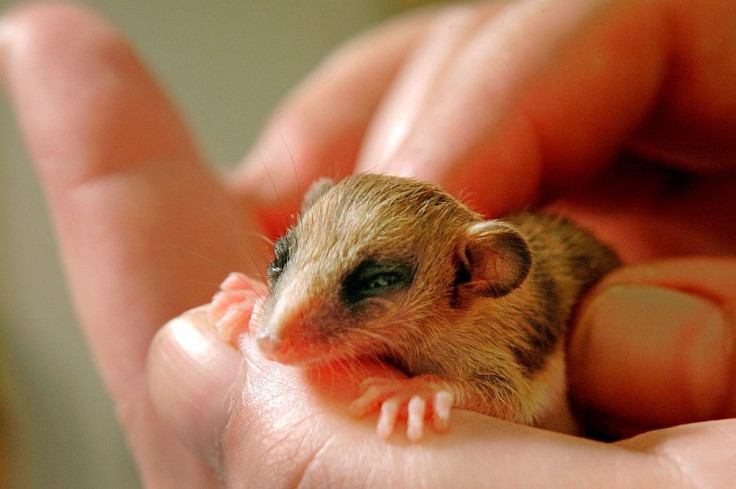Marsupial Mouse Can Survive Burned Out Areas By Going Into Torpor

A little marsupial mouse from Australia has survived bushfires brought about by global warming, ABC reports. Scientists explain that the animal was able to survive the fires by “switching itself off” or going into torpor for days.
In the report published Wednesday in The Royal Society-Biology Letters, researchers studied the brown antechinus, a small marsupial that eats insects, and how going into torpor can help them survive bushfires that are common in Australia. According to PhysOrg, previous studies have shown that some small mammals tend to linger in areas that were affected by bush fires, but how these animals can survive remains unknown.
The study began on the interest to know how animals manage to survive these events, according to study co-author Clare Stawski from University of New England. Hiding in bushes is the animal’s main defence against predation, but if fires wipe out their hiding places, they are at risk of getting eaten by other animals.
In the study, the researchers compared two groups of antechinus found in New South Wales. One group was in a burned area arranged by the National Parks and Wildlife Service; the other group was in a control area, ABC reports. The burn set up for the study was low-intensity and only covered the ground and not trees, according to Strawski in the news report.
Using radio monitors, researchers measured antechinus’ movements and body temperature before and after fire. It showed that those species in the unburned areas hunted for food both day and night and didn’t go into torpor as much as the group in the burned areas.
According to Stawski, in the state of torpor, everything in the animal “switches off”. The animal’s body temperature falls, the metabolism slows down and heart rate diminishes, allowing the animal to accumulate energy. So if the mouse has enough stored energy, it will not need so much energy to hunt for food, saving itself from exposure to predators.
Going into a state of torpor shows a perfect example of adapting to environment changes, according to PhysOrg. This adaptation explains findings from previous studies that showed how the marsupial’s population quickly recovered once burnt ground was restored.
To report problems or leave feedback on this article, email: wendylemeric@gmail.com.






